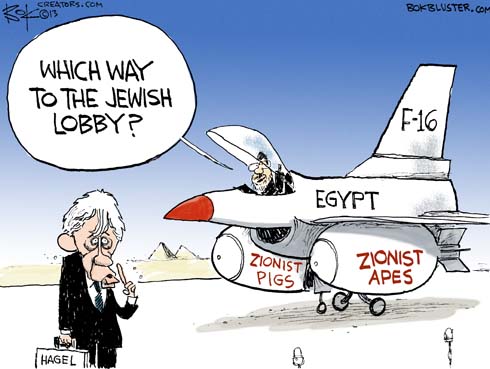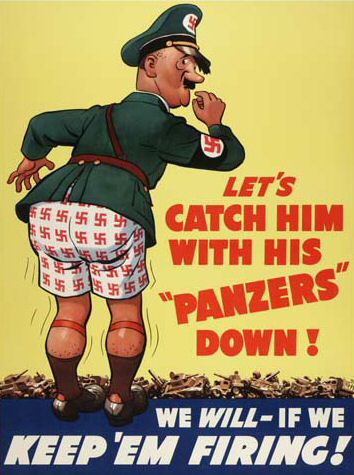Artists in Egypt gathered together to take part in a new exhibition titled “Long Live Free Art” earlier this month. The exhibition started in Cairo on the 15th January, and featured succinct, clever and artistic cartoons and drawings that highlight the freedom of expression issues going on in Egypt today. The exhibition features cartoons including anti-censorship works such as “Your Fear is their Power”, and “Holy Pain”
The exhibition shows the Egyptian art world’s string resistance to the country’s new constitution, which was approved at the end of December 2012. Artists, curators, academics and critics, as in cartoons history, formed an unlikely partnership to speak out against Egyptian President Mohamed Morsi’s controversial charter, which was a victory for Islamists.
It’s not just artists that have spoken out against the new constitution. Members of the public have formed together to take part in mass protests, send open letters, and create their own street art. More demonstrations are expected to take place throughout the next few weeks, as people fight for their right to freedom of speech.
The “Long Live Free Art” exhibition is particularly interesting because the cartoons and art produced for it are the ultimate in powerful but peaceful protests. Fatenn Mostafa, founder of Art Talks Egypt, and curator of the exhibition, said that “The fear is that the Muslim Brotherhood will specify what is allowed and what is not allowed in art. The moment you put regulations on art, you kill it.”
The Long Live Free Art movement was inspired by the 1939 Art and Freedom Group’s manifesto, which was created by a group of artists who were fighting censorship all those decades ago. Today, art as a form of resisting censorship and control is just as important as it was then, and the power of the Internet, bloggers, and social media means that word of the protests can spread even more quickly.




